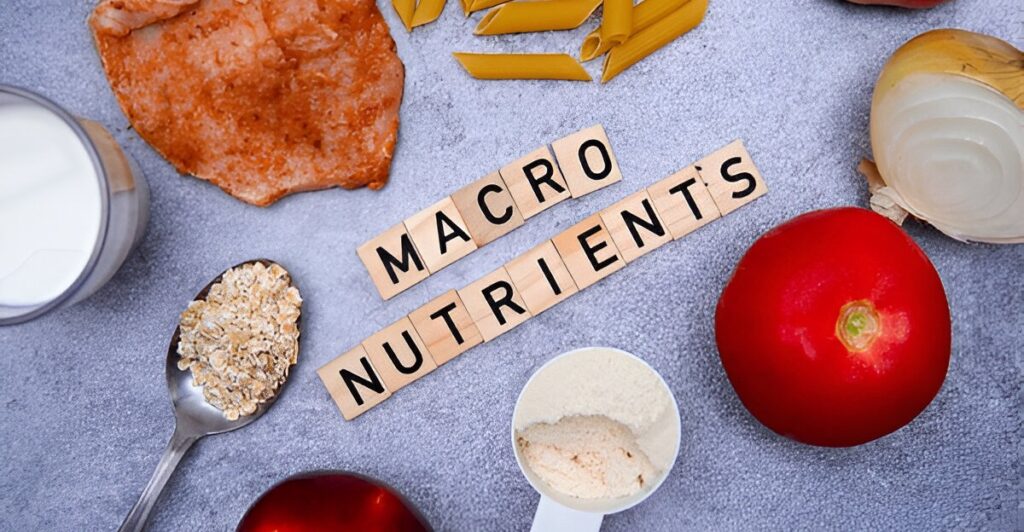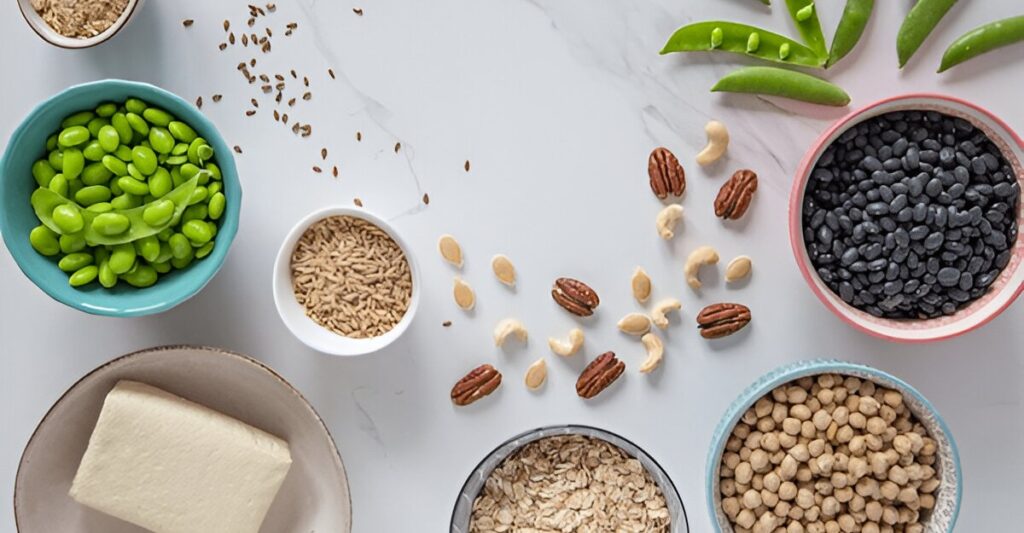Athletes push their bodies to the limit, and fueling those efforts requires more than a one-size-fits-all diet. Periodized nutrition for athletes is a strategic approach that aligns your diet with training cycles to optimize performance, recovery, and overall health. By cycling your diet based on training phases, you can maximize energy, build strength, and achieve peak results. This guide explores how to implement periodized nutrition and offers practical tips to elevate your athletic game.
What Is Periodized Nutrition for Athletes?
Periodized nutrition involves adjusting your diet to match the demands of specific training phases, such as preparation, competition, or recovery. Just as athletes cycle their workouts (e.g., strength, endurance, or tapering), periodized nutrition tailors calorie and macronutrient intake to support those goals. This approach ensures your body gets the right nutrients at the right time, enhancing performance and preventing burnout.
Why It Matters
A static diet can lead to underfueling during intense training or overeating during lighter phases, both of which hinder progress. Periodized nutrition for athletes aligns food intake with energy expenditure, helping you:
- Boost energy for high-intensity sessions.
- Support muscle repair and growth.
- Optimize recovery and reduce fatigue.
- Maintain a healthy body composition.
Key Phases of Periodized Nutrition
Athletic training typically follows three main phases: preparatory (base/build), competitive, and recovery (off-season). Here’s how to cycle your diet for each.
1. Preparatory Phase (Base/Build)
This phase focuses on building strength, endurance, and skill, often involving high-volume or intense training.
- Nutritional Goals: Provide ample energy, support muscle growth, and enhance stamina.
- Calorie Needs: Higher due to increased training volume. Calculate needs based on body weight and activity level (e.g., 16–20 calories per pound for endurance athletes).
- Macronutrient Focus:
- Carbohydrates (50–60%): Fuel workouts with complex carbs like oats, brown rice, and sweet potatoes.
- Protein (20–25%): Support muscle repair with lean meats, eggs, fish, or plant-based proteins like lentils.
- Fats (15–25%): Include healthy fats from avocados, nuts, and olive oil for sustained energy.
- Timing: Eat carbs and protein before and after workouts to maximize energy and recovery. For example, a pre-workout meal could be oatmeal with berries and a post-workout shake with whey protein and a banana.
2. Competitive Phase
During competition, the focus shifts to peaking performance, maintaining energy, and recovering quickly between events.
- Nutritional Goals: Optimize energy stores, stay hydrated, and support rapid recovery.
- Calorie Needs: May decrease slightly if training volume tapers, but remain high for energy demands. Adjust based on competition frequency.
- Macronutrient Focus:
- Carbohydrates (60–70%): Prioritize easily digestible carbs like white rice, pasta, or fruit to top off glycogen stores.
- Protein (15–20%): Maintain muscle mass with lighter protein sources like chicken, fish, or tofu.
- Fats (10–15%): Reduce fats to avoid digestive slowdown, but include small amounts from seeds or nut butters.
- Timing: Use carb-loading 1–2 days before endurance events (e.g., 4–5g carbs per pound of body weight). On competition day, eat small, carb-rich meals 2–3 hours before events and prioritize post-event recovery with protein and carbs within 30 minutes.
3. Recovery Phase (Off-Season)
The off-season emphasizes rest, repair, and maintaining fitness with lighter training.
- Nutritional Goals: Support recovery, prevent fat gain, and prepare for the next cycle.
- Calorie Needs: Lower due to reduced training. Aim for maintenance calories (12–14 calories per pound for most athletes).
- Macronutrient Focus:
- Carbohydrates (40–50%): Reduce carbs but include nutrient-dense sources like quinoa and vegetables.
- Protein (25–30%): Maintain muscle mass with high-quality proteins like eggs, Greek yogurt, or beans.
- Fats (20–30%): Increase healthy fats from fatty fish, avocados, and nuts to support hormone balance.
- Timing: Spread meals evenly throughout the day to stabilize energy. Focus on nutrient-dense snacks like hummus with veggies or almond butter on whole-grain toast.
Sample Periodized Nutrition Plan
Here’s a one-day meal plan for a strength athlete in the preparatory phase, emphasizing periodized nutrition for athletes:
- Breakfast: Overnight oats with Greek yogurt, blueberries, chia seeds, and a drizzle of honey (carbs, protein, fats).
- Pre-Workout Snack: Whole-grain toast with almond butter and a banana (carbs, fats).
- Post-Workout: Grilled chicken breast, quinoa, and roasted sweet potatoes with olive oil (protein, carbs, fats).
- Lunch: Salmon salad with spinach, avocado, cherry tomatoes, and brown rice (protein, fats, carbs).
- Snack: Protein shake with whey, almond milk, and a handful of walnuts (protein, fats).
- Dinner: Lean beef stir-fry with broccoli, bell peppers, and wild rice (protein, carbs, micronutrients).
Adjust portions and macros based on your sport, body weight, and phase.
Additional Tips for Periodized Nutrition Success
To make periodized nutrition for athletes work for you, consider these strategies:
- Track Your Intake: Use apps like MyFitnessPal to monitor calories and macros, ensuring alignment with training demands.
- Stay Hydrated: Drink 2–4 liters of water daily, adding electrolytes during intense training or competitions.
- Prioritize Micronutrients: Include colorful fruits and vegetables for vitamins and antioxidants to support recovery and immunity.
- Supplement Wisely: Consider supplements like whey protein, creatine (for strength athletes), or omega-3s, but only under professional guidance.
- Listen to Your Body: Adjust calories or macros if you feel fatigued, hungry, or sluggish.
Lifestyle Factors to Enhance Periodized Nutrition
Nutrition is just one part of the equation. These habits complement periodized nutrition for athletes:
- Sleep: Aim for 7–9 hours of quality sleep to support recovery and hormone balance.
- Stress Management: High stress can disrupt appetite and recovery. Practice mindfulness or yoga to stay balanced.
- Work with Experts: A sports dietitian can tailor your periodized nutrition plan to your sport, goals, and body type.
When to Seek Professional Guidance
If you’re struggling to balance energy, recover properly, or meet performance goals, consult a sports dietitian or coach. They can:
- Assess your current diet and training load.
- Create a customized periodized nutrition plan.
- Monitor progress and adjust as needed.
Persistent fatigue, weight fluctuations, or performance plateaus may signal improper fueling, so don’t hesitate to seek help.
Conclusion
Periodized nutrition for athletes is a game-changer for optimizing performance and recovery. By cycling your diet to match training phases—preparatory, competitive, and recovery—you can fuel your body effectively and achieve your goals. Start implementing these periodized nutrition strategies today to unlock your full athletic potential.
Ready to take your performance to the next level? Embrace periodized nutrition and watch your strength, endurance, and results soar!


